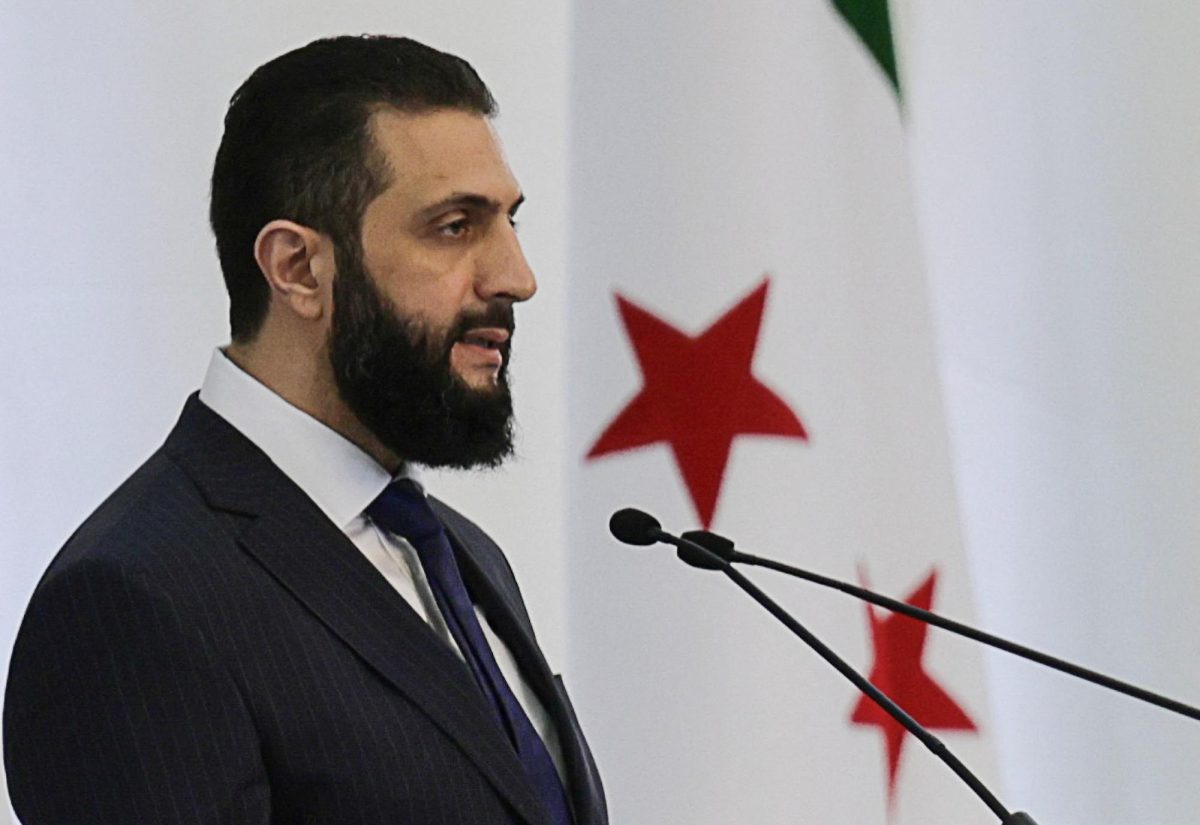In late December of last year, the over fifty-five-year rule by the Assad family ended, marking a significant shift in the country’s political landscape. This period was also marked by a brutal civil war that lasted over fourteen years and left an estimated 500,000 to 600,000 dead. The war was primarily between the Assad regime and various rebel groups, with international powers also getting involved. With the end of the war came the new interim government, which is currently under the control of Ahmed al-Sharaa and his group, Hayat Tahrir al-Sham (HTS), primarily a Sunni majority group from Northern Syria. They gained control over Syria and its government after a lightning campaign against former Syrian President Bashar al-Assad.
The end of the Assad regime and its rule led to the release of thousands of political prisoners from notorious prisons such as Saydnaya and also the discovery of more than one hundred Assad regime chemical development and production facilities. These facilities helped produce weapons such as chlorine and mustard gas, and nerve agents that can kill a person within minutes. The interim President of Syria Ahmed al-Sharaa recently stated that he wanted to fully dispose of these sites and all traces of the chemical weapons that were produced there. It is key to remember that the Assad regime unleashed weapons produced at these facilities on its people during the early years of the civil war between 2013 and 2016, which led to international outcry and eventual intervention in the conflict once the rise of ISIS began in parts of the country in late 2014.
Since the end of the conflict, the new government has promised to dispose of these toxic chemicals and the sites in which they lie. However, the process of disposal is complex and requires international cooperation and resources. The interim government and its leaders are making efforts to entirely remove and dispose of these toxic chemicals and the sites on which they were produced, but the process is ongoing. This leaves inspectors of these sites and ordinary Syrians alike cautiously optimistic about the disposal of these weapons as in the past they have heard promises like this before.

